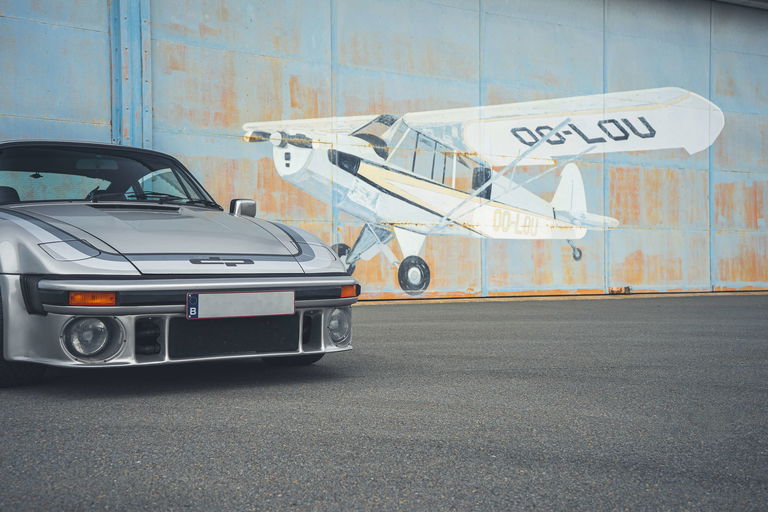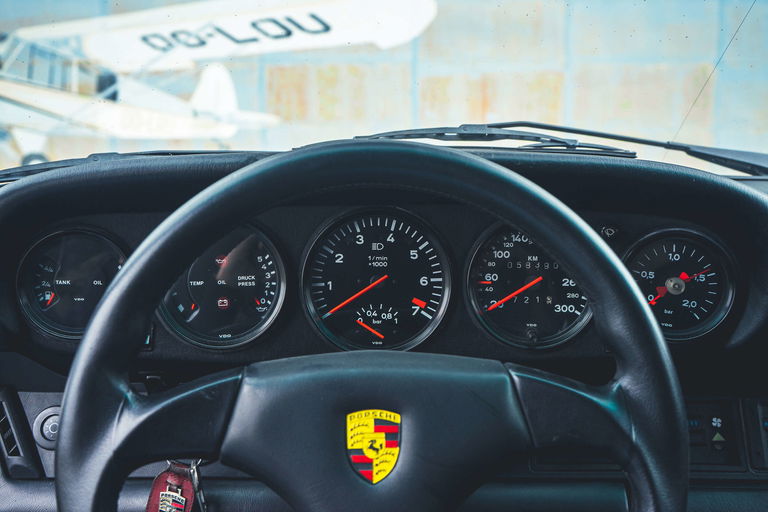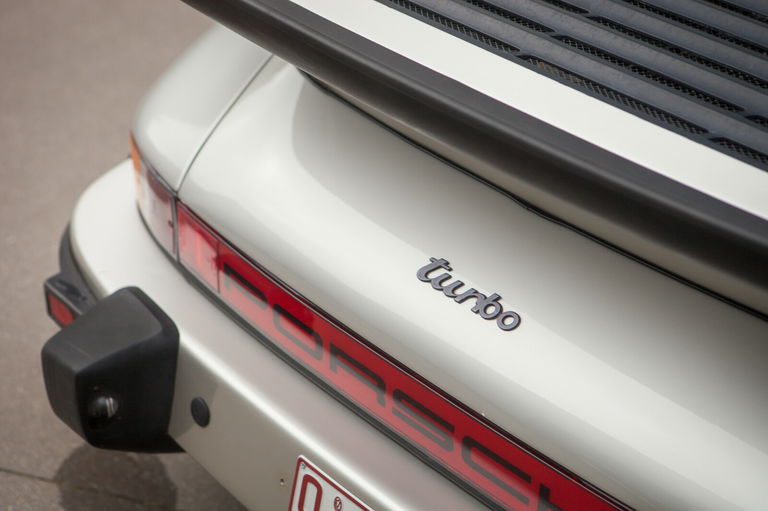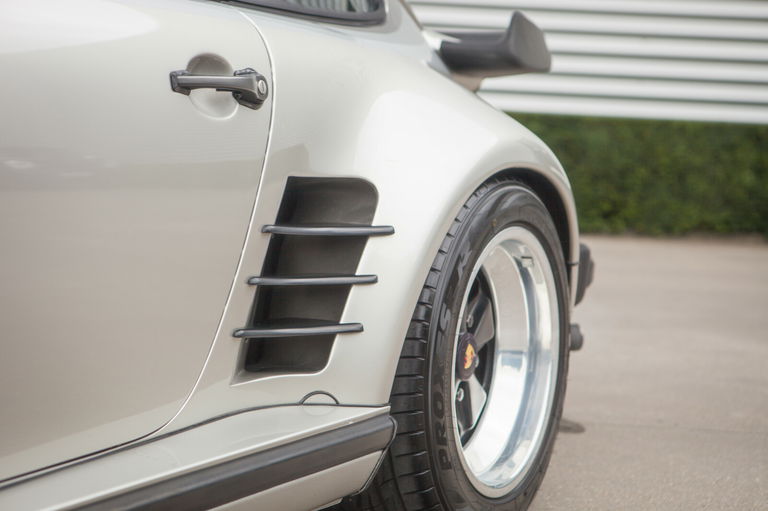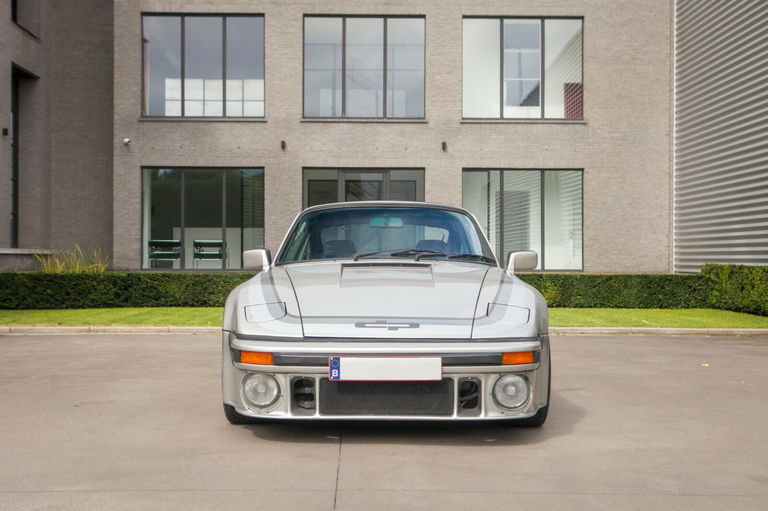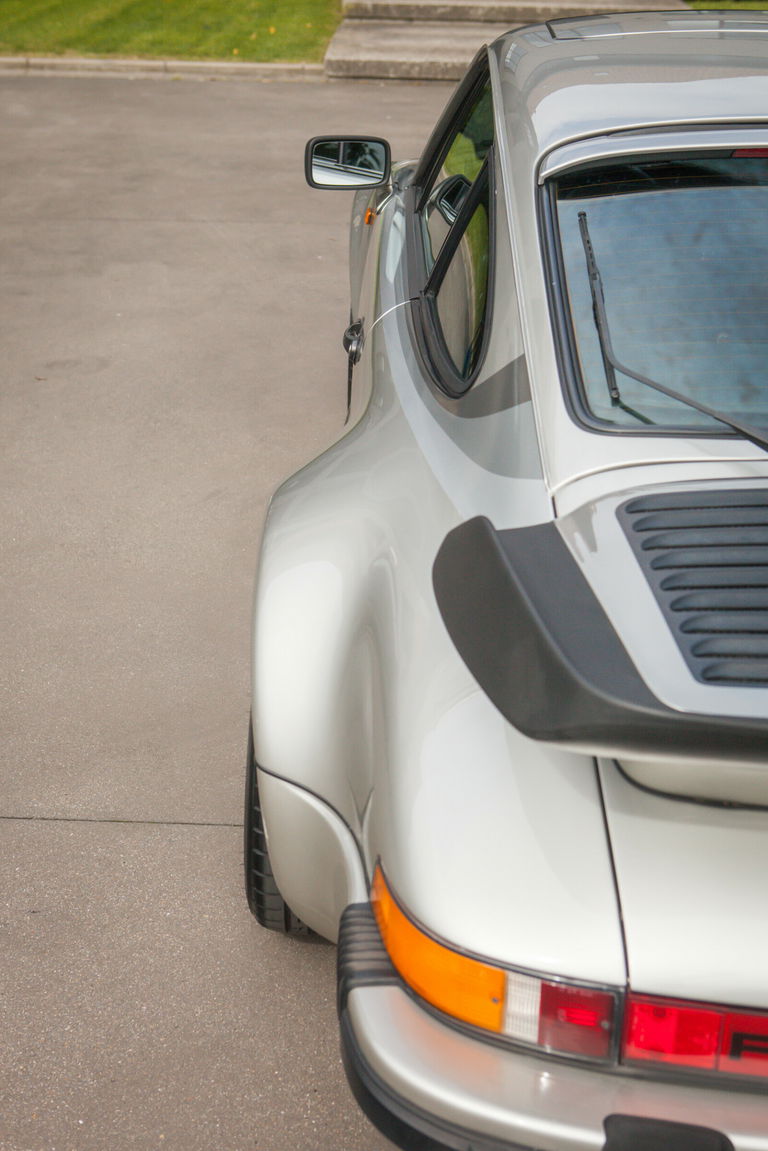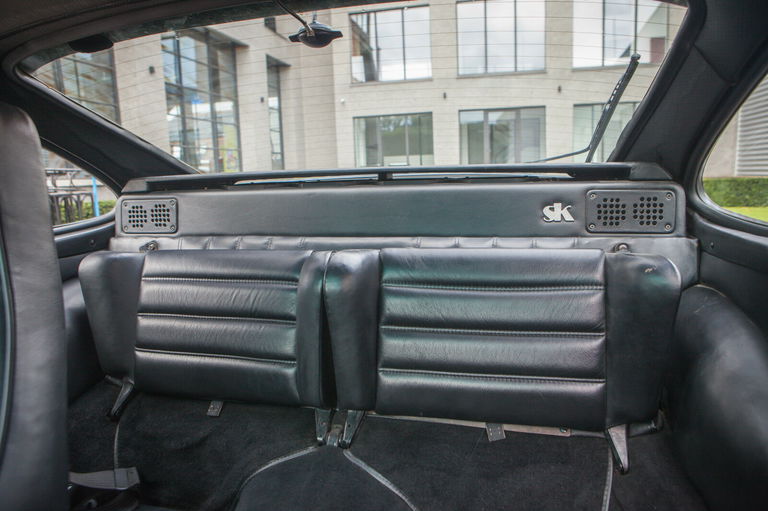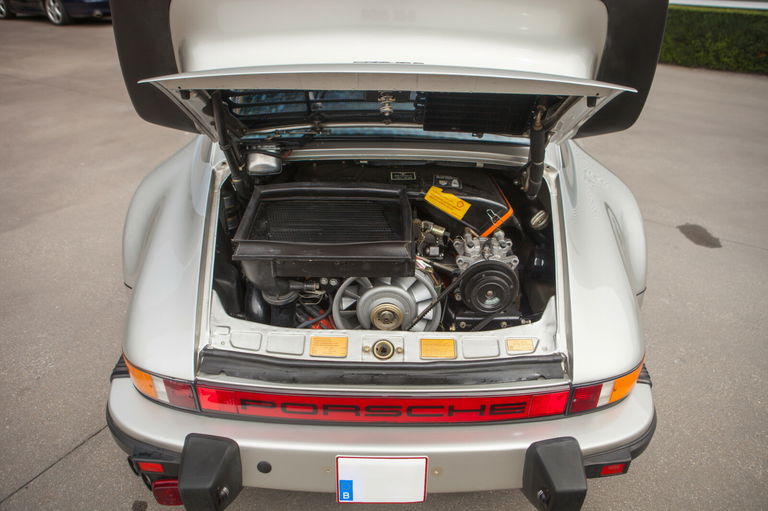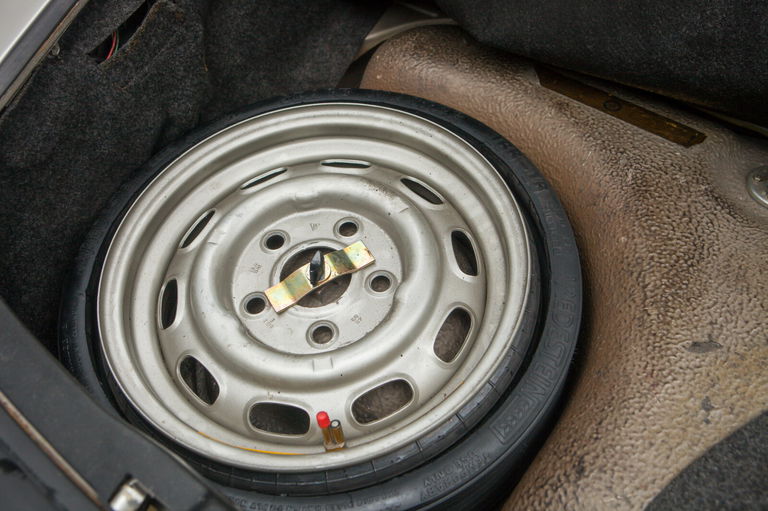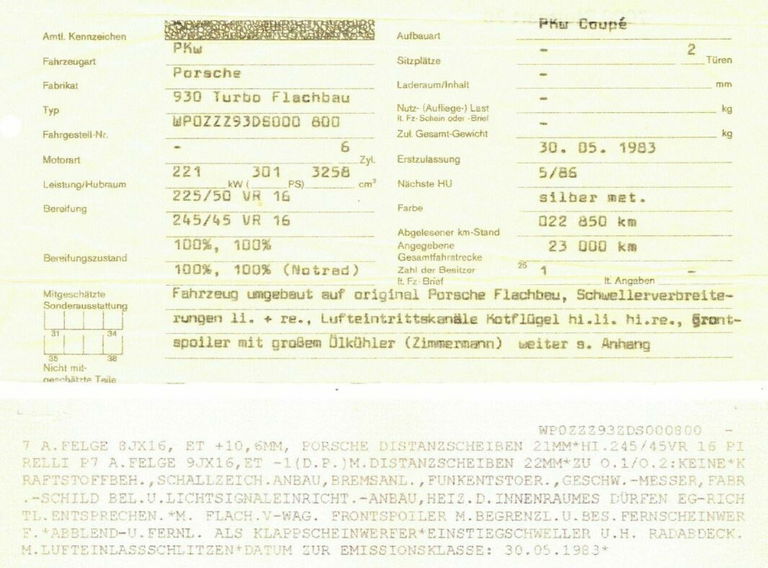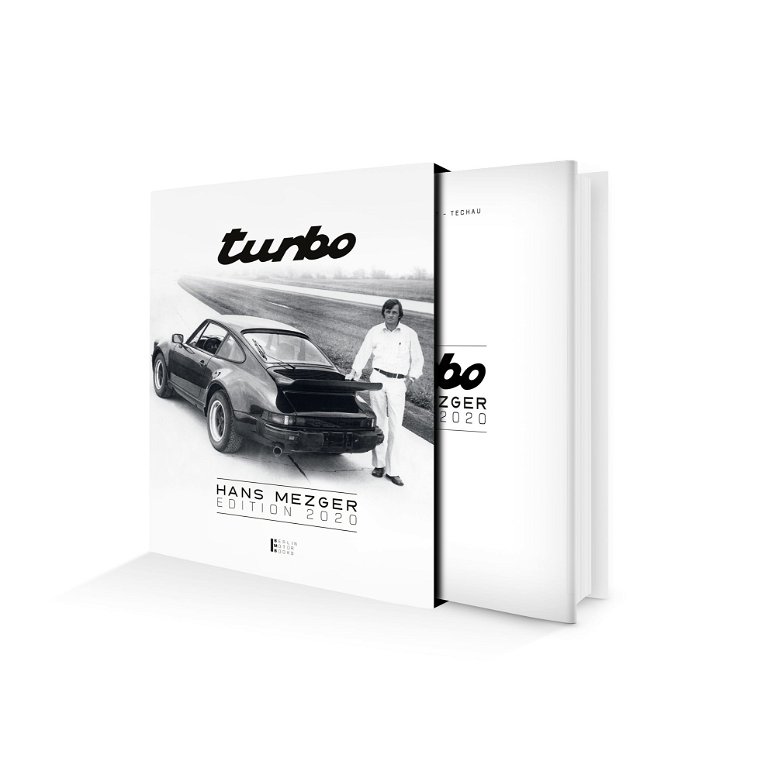The car was purchased by its current owner in 2019 having covered around 55.000 kilometers. Being a helicopter pilot, an engineer and thus really meticulous, the owner commissioned RSC AUTOMOBILE for a full engine and gearbox rebuild by winter 2019. This includes a turbo rebuild, chain tensioners, clutch, exhaust, synchro’s,… and more.
Subsequently brake pads, tires and all fluids were replaced and a wheel alignment was done. The current owner is a true classic car enthusiast, but circumstances dictate that his Flat Nose must now be sold.
This very special car is an icon of its era and represents an exciting opportunity for any lover of the Porsche marque. Offered with the its Porsche Certificate, original tool-roll, tyre inflation kit, Blaupunkt radio, jack, unused spare wheel, we are very proud to offer this unique piece of Porsche history.
This is a consigned sale. The car currently has Belgian Registration.
Price indication – Hagerty Valuation: -> Great condition = 148.000 + 30% for a Slantnose
www.hagerty.com/valuation
OPTIONS:
220 : limited slip differential 40%
261 : passenger mirror
327 : Radio Blaupunkt Köln
410 : central oil cooler, side air intakes, sideskirts
455 : anti theft wheel nuts
469 : black headliner
533 : alarm
650 : sunroof
CARPASS: Car-pass.be/online
THE 930 TURBO / FLACHBAU
At the 1973 Paris Motor Show, Porsche unveiled a prototype turbocharged 911, the “Type 930”. Thanks to the use of a Kühnle, Kopp and Kausch (KKK) turbocharger, the 930 is the most powerful production Porsche to date and suddenly the 911 becomes a supercar.
The production 911 Turbo was presented at the Paris Motor Show in the autumn of 1974 and, as was to be expected at a time when turbocharging was considered rather exotic, it captivated the world’s motoring press.
Anyone who followed the ‘World Car Championship’ will remember their surprise at the shape of the new 935 when it first appeared at Mugello in March 1976. Subsequently, these ‘flat-nosed’ 935s and 936s (in Group 6) proved to be very competitive in the hands of Ickx, Mass and Stommelen and, over the next two seasons, they took four wins in eight World Championship races and a Le Mans triumph each year. However, Porsche began to fear that all these high-profile victories by the flat-nosed factory cars – most famously the 935 ‘Moby Dick’ – would alienate the large number of private customers who were investing their own money in conventionally-shaped competition 911s, and so decided to limit its 1978 efforts to a Le Mans appearance.
However, the distinctive look of the flat nose or “Flachbau” (literally translated as “low construction”) struck a chord with road car customers.
Long before Porsche came up with a flat nose for the road as part of the Sonderwunsch programme, DP was working on a road version of the 935 racing cars that had been so successful in competition and had attracted so much customer interest. A number of 935-inspired cars from various Porsche tuners were produced, but given DP’s key role in the development of the track programme cars, the DP935 is almost more official than the 930SEs that rolled off the Stuttgart production lines in the mid-1980s.
Later, this service was taken over by the factory’s customer service department on special order (Sunderwunschen), only becoming an official option in 1986. The front fenders were made of steel, with cooling vents and flip-up headlights, while the rear fenders had additional cooling intakes. The sills were different and the body modifications were accompanied by an even more luxurious interior. The SE ‘Flatnose’ was a fully customised, hand-built option for 1980s Porsche buyers and cost twice as much as a standard 930 Turbo when new.






